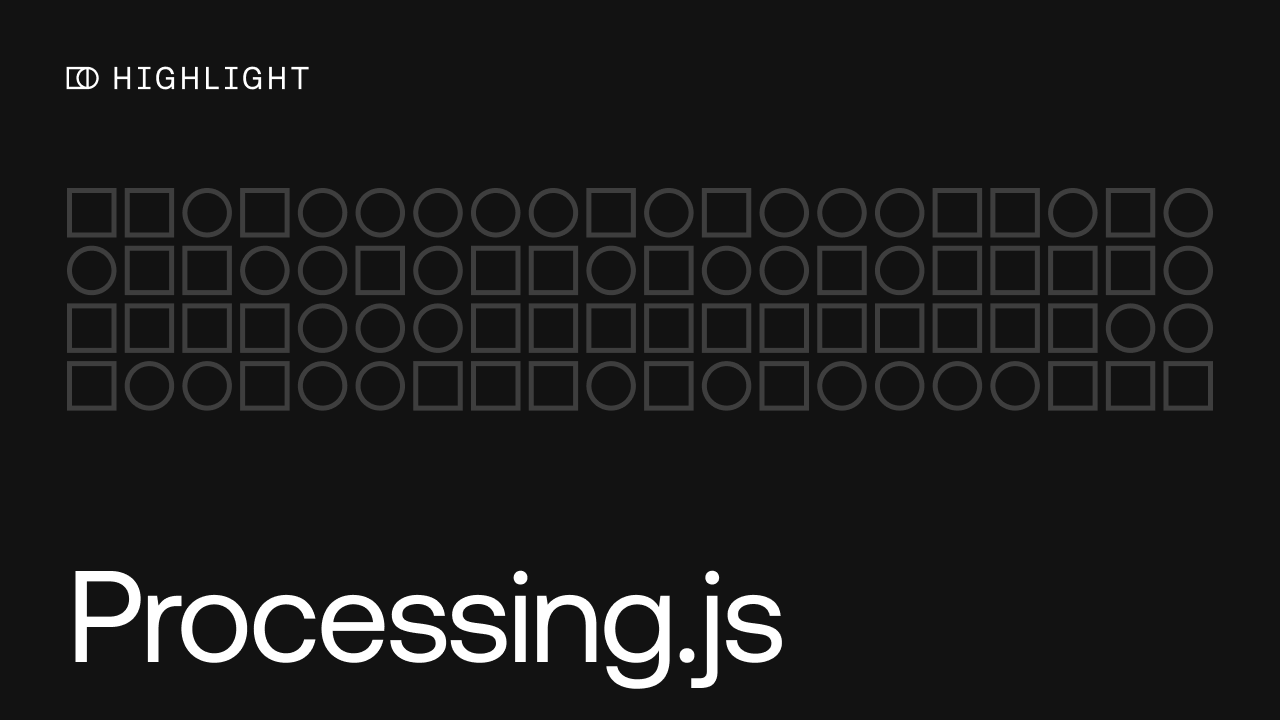
What is processing.js
Processing.js is a JavaScript library that allows developers and artists to bring the power of the Processing programming language to the web. It enables the creation of interactive visualizations, animations, and graphics using a syntax similar to the original Processing language.
Processing.js serves as a bridge between the Processing language and the capabilities of modern web browsers. It allows developers to write code in Processing and run it directly in a web browser without requiring any additional plugins or installations. This makes it accessible to a wide range of users, as Processing.js leverages the ubiquity and portability of JavaScript.
With Processing.js, you can easily create and manipulate graphical elements on an HTML5 canvas. The library provides a set of functions and methods that simplify tasks like drawing shapes, handling mouse and keyboard input, and controlling animations.
Similar to the original Processing language, Processing.js promotes a beginner-friendly approach to programming. It prioritizes simplicity and ease of use, making it an ideal choice for artists and individuals new to coding. Its intuitive syntax and visual feedback enable users to quickly see the results of their code, encouraging exploration and experimentation.
How do generative artists use processing.js?
Processing.js can be employed by generative artists as a valuable tool in the creation of generative art.
Here are some ways in which Processing.js can be utilized in generative art:
- Algorithmic Generation: Processing.js enables generative artists to write algorithms that generate unique and visually captivating compositions. By leveraging the library's graphics functions, artists can manipulate shapes, colors, patterns, and textures to create intricate and evolving visual artworks. The algorithms can incorporate variables, randomness, and mathematical formulas, allowing for the creation of generative art with endless variations.
- Interactive and Dynamic Elements: Generative NFT art can benefit from interactivity and dynamic elements, which can be achieved using Processing.js. Artists can implement user interactions such as mouse movements, clicks, or keyboard inputs that influence the behavior or appearance of the artwork. This interactivity adds a layer of engagement and personalization to the NFT art, enhancing its value and appeal.
- Animation and Motion: Processing.js enables artists to incorporate animation and motion into their generative NFT art. Artists can define transformations, transitions, and effects that bring the artwork to life. This dynamic aspect can attract more attention to the NFT and make it more visually compelling for collectors.